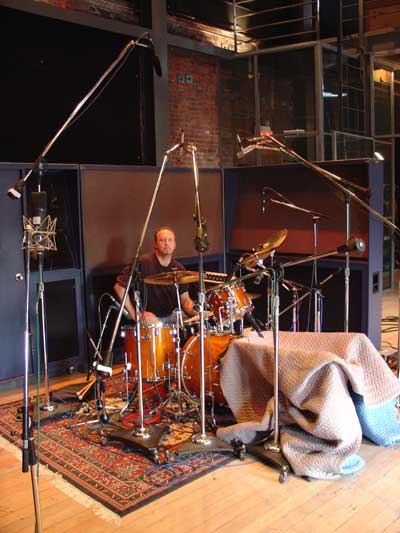Studio Drummer – DAW Recording – Increase Your Studio Ability
*AS A RULE, RECORDING FULL TAKES WILL INCREASE YOUR STUDIO ABILITY.*
I find that most producers today, given the ease and the speed tend to record in sections instead of entire takes. As a result there are a whole generations of players, studio players included that have never been subject to one of the toughest skills that a session player was once required to have and still should possess.
This of course means your utmost execution and musicality throughout the entire piece of music. It also means precision against a click track and correct reading and interpretation of the chart in front of you. And on top of this it means that bringing the fifth element, the quintessential element being your outstanding style and interpretation.
And don’t forget that tape has not gone away completely especially on very high end productions.
*THERE ARE PRODUCERS AND ENGINEERS THAT STILL SWEAR BY THE SOUND OF TAPE.*
They swear by it because of what’s called tape distortion, a certain tape compression and distortion that happens with analog tape that sounds sonically huge to the ear. So as a studio drummer you should have the skills needed to play entire takes if you’re called for one of these sessions!
*LET’S TALK ABOUT DRUM EDITING.*
Of course with the advent of extremely powerful digital recording platforms many borderline performance issues can be adjusted or rescued with time shifting and quantization. This can work well in your favor although as I was saying earlier you wouldn’t have had that luxury 20 years ago and nor would you if you were called into an analog recording situation today!
Digital editing, as well as having many advantages also has large and inherently dangerous disadvantages to you as a player that you need to be aware of. This is something I’ve encountered many times in my business.
See coming post with more on this topic…






